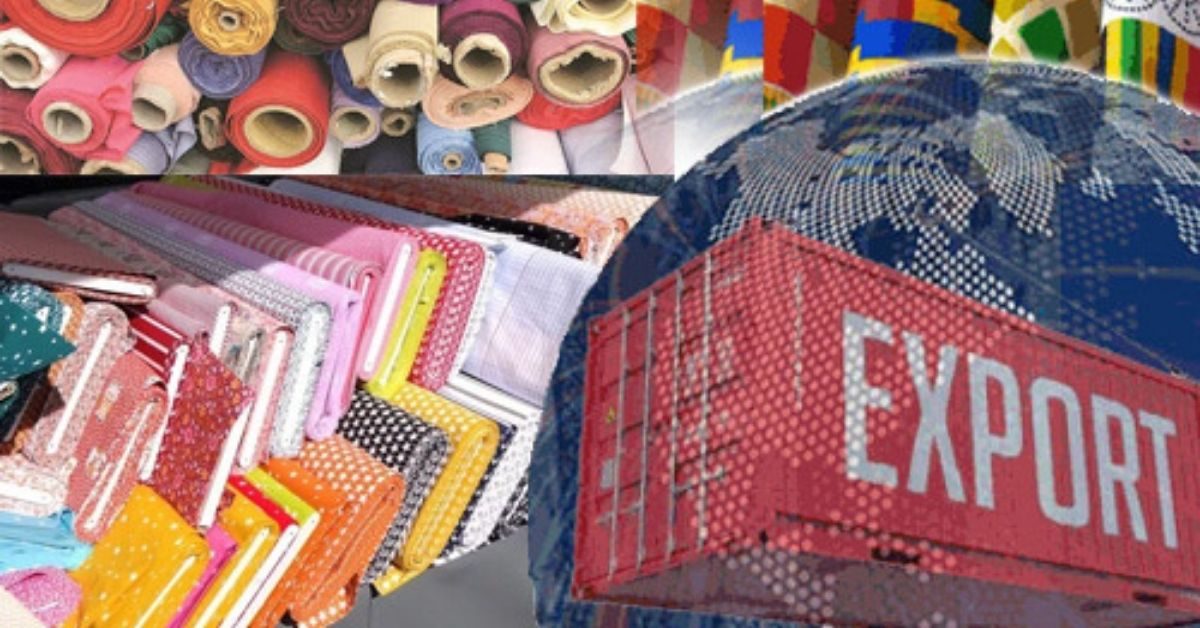As the world economy grapples with uncertainties and slowdown driven by geopolitical tensions and consequent inflationary pressures, emerging market economies are expected to account for around 80 per cent of global growth, with India alone expected to contribute more than 15 per cent, according to recent IMF estimates.
India seems well-positioned to become the fastest growing major economy in 2023 and beyond, with more than 6 per cent growth in 2023 and 2024, on the back of resilient domestic demand despite external headwinds.
Exports have indeed been the cornerstone of India’s remarkable growth. Having witnessed a y-o-y contraction in merchandise exports of almost 7 per cent during 2020-21, on account of the pandemic-induced crisis, merchandise exports from India had strongly rebounded with a record $422 billion, surpassing the target of $400 billion for 2021-22.
This exemplary performance in merchandise exports, reflecting a robust growth of almost 45 per cent when compared to the previous year and a growth of almost 35 per cent, compared to the pre-pandemic level in 2019–20, was actually witnessed while India was grappling with the peak of the second wave of the pandemic during the first quarter of FY22.
Much of India’s 9.1 per cent growth for FY22 (revised estimates) could in fact be attributed to the strong performance of exports during the year.
To drive GDP growth
Merchandise exports are expected to continue to drive much of India’s estimated GDP growth of 7 per cent during FY23. Despite a contraction in exports during the last two quarters of the current financial year, Export-Import Bank of India forecasts a record high merchandise exports of over $447 billion during FY23, growing at 6 per cent over the record exports of last year. Concomitantly, non-oil exports are forecast to exceed $350 billion for the full year, driven by exports of electronic goods .
The performance of India’s exports could be shadowed by deepening global energy crisis, tighter global monetary and financial conditions, continued slowdown in select major trade partners and continued uncertainty around the Russia-Ukraine conflict. Nonetheless, exports have and will continue to play a crucial role, directly as well as through several positive externalities, in India’s journey of transformation into an Asian superpower and an important engine of regional and global growth.
An ambitious target of $2 trillion by 2030, as compared to an estimated $750 billion for FY23, has been set by the government. While these targets may seem daunting, achieving these targets may be plausible with concerted efforts from all stakeholders.
India is emerging as a strong, reliable, and preferred trade partner for countries and has recently signed trade agreements with Mauritius, the UAE, Australia and is in negotiations with the UK, European Union, Canada, Bangladesh, GCC and Israel for signing such agreements.
Immediate integration into global value chains, through manufacturing of quality products at scale is an imperative to seize the opportunity arising out of possible realignment of supply chains away from China. Supported by the Atmanirbhar Bharat Abhiyan and the government’s PLI scheme, India could upscale, digitise and modernise its manufacturing sector to address supply chain constraints to avert future disruptions. Within manufacturing sector, there is need for to shift structurally from low value-added sectors to high value-added sectors, which would necessitate increased spending on R&D, while encouraging adoption of advanced digital technologies.
Areas that exhibit a promising future for India to become an important player in global supply chains could include manufacture of medical devices, high-end mobile phones and tablets, high efficiency solar photovoltaic modules, and advanced chemistry cell batteries, to name a few.
These efforts would contribute towards realising the aspiration of India becoming a $5 trillion economy in the near future, which is also more integrated with the global ecosystem than ever before.







